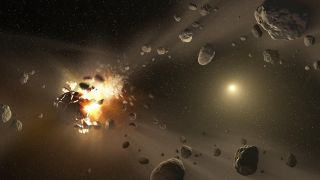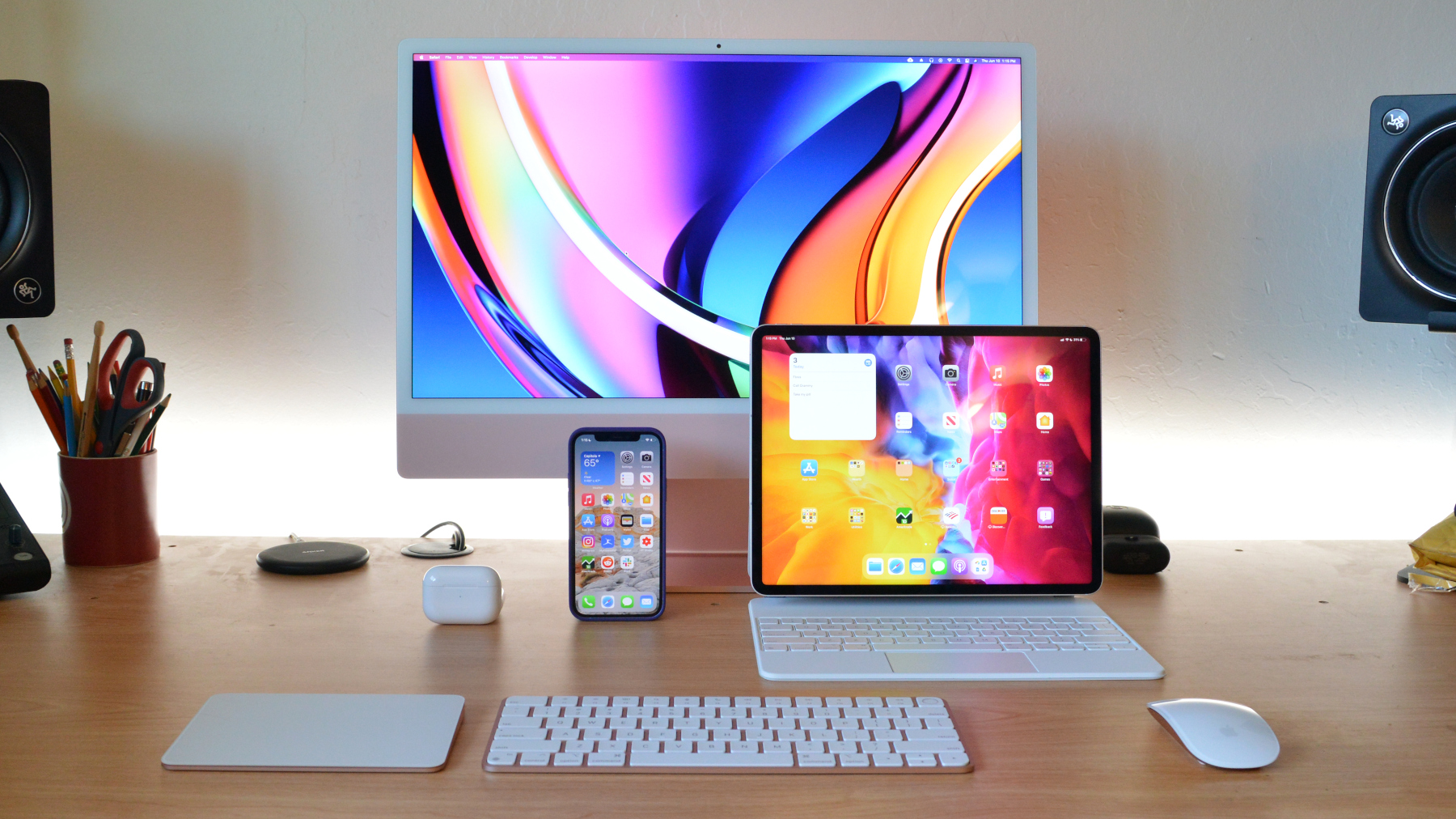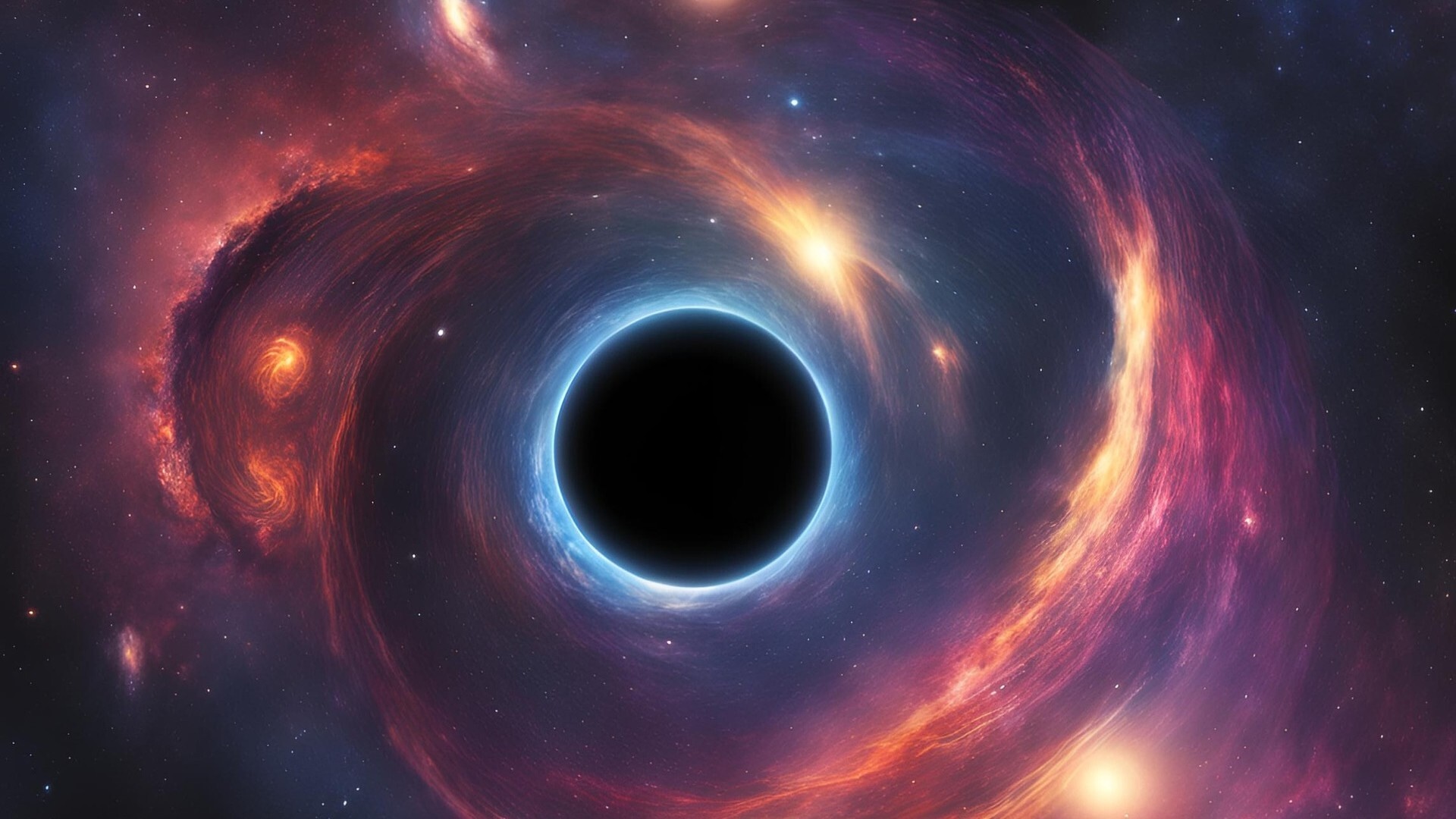
(Image credit: NASA/JPL-Caltech/R. Hurt)
A family of primitive asteroids is providing astronomers with a window into the past as they seek to unravel the history of these small space rocks believed to have once brought water to Earth.
Life in the solar system can be dangerous, with lots of impacts having taken place over the course of history — for instance, consider the giant impact that formed our moon or the many impacts that spurred the cratered surface of Mercury. On occasion, large asteroids in the main asteroid belt, located between Mars and Jupiter, were also struck. When that happened, those asteroids would shatter into smaller pieces. Events like these can spawn several dozen smaller space rocks; naturally, many resulting bits hailing from the same original object have some things in common like moving around on similar orbits. Astronomers call such groups of asteroids “families.”
Over 120 such families are known to exist in the asteroid belt. Some, such as the Vesta family that is named after the second largest object in the belt, namely 4 Vesta, show evidence of chemical alteration. Vesta, being so large, underwent heating as well as a process known as differentiation, by which heavier elements sinked to its core to form various layers, before it was struck by another asteroid and partly smashed.
Related: No asteroid impacts needed: Newborn Earth made its own water, study suggests
However, eight of the asteroid families retain their primordial chemistry. Astronomers are very interested in those pristine samples because their primitive compositions could offer insight into the conditions of our solar system when the progenitor asteroids of these families formed. In other words, they could help us peer into the secrets of the ancient solar system. As such, University of Central Florida planetary scientist Noemí Pinilla-Alonso has been co-leading a project called the Primitive Asteroid Spectroscopic Survey (PRIMASS) to chronicle the chemical composition of these asteroid families.
Now, finally, that work has been completed thanks to Pinilla-Alonso’s Ph.D. student, Brittany Harvison, who undertook the duty of studying infrared observations of the Erigone family of primitive asteroids — the final family to be studied for the PRIMASS project. The Erigone family is a fairly young one, cosmically speaking, as the collision that created it is calculated to have occurred only 130 million years ago.
“There are theories that the Earth could have received a fraction of its water from primitive asteroids in the early solar system,” said Harvison in a statement. “A big portion of these theories is understanding how these primitive asteroids were transported into Earth’s path. So, exploring primitive asteroids in the solar system today could help paint a picture of what was going on all those years ago.”
Using near-infrared observations taken by NASA‘s 3.2-meter Infrared Telescope Facility in Hawaii and the 3.58-meter Telescopio Nazionale Galileo in Spain’s Canary Islands, Harvison analyzed the composition of 25 members of the Erigone family. The group is named after its largest member, the 72-kilometer (44.7-mile) asteroid 163 Erigone.
Harvison found that 43% of the Erigone family, including 163 Erigone, are C-type carbonaceous asteroids, meaning they are carbon-rich. That so many of the Erigone family are C-types is not surprising because that’s the most common type of asteroid in general, and one that often contains evidence of hydrated, or water-bearing, minerals. As such, C-type asteroids are indeed a leading candidate for bringing water to Earth.
As for the rest of the Erigone family, 28% are X-type asteroids that are likely of a different sort that happen to have similar spectra to the rest of their clan. B-types, which are a variation of carbonaceous asteroids, form 11% of the Erigone family, while the unknown T-types make up 7%. There’s also a smattering of stony L- and S-types that appear to be non-primitive interlopers rather than genuine members of the family.
Harvison’s main discovery, however, is that Erigone family members all share a similar basic composition that is not repeated by any other primitive asteroid family. Indeed, all the families are unique with their own differing levels of hydration. Being able to match which families of asteroids have the greatest water content will help point astronomers in the right direction when searching for the culprits that brought water to Earth.
With the Erigone family being so heavily hydrated, they’re now a key target for astronomers. As it so happens, NASA’s Lucy space mission, which is headed for Jupiter‘s Trojan asteroids, is first going to visit the asteroid 52246 Donaldjohanson. Named after an American paleoanthropologist, this C-type asteroid is a member of the Erigone family, so scientists are going to be able to take a good close-up look when Lucy flies past on April 20, 2025.
The PRIMASS team has also successfully won time on the James Webb Space Telescope to observe the Erigone family (as well as other primitive asteroids) beginning this summer. The findings from the JWST and Lucy will further reveal the histories of these ancient objects and begin to fill in the gaps in our knowledge of the solar system’s – and Earth’s – past.
Harvison’s research was published in the April 2024 issue of Icarus.
Join our Space Forums to keep talking space on the latest missions, night sky and more! And if you have a news tip, correction or comment, let us know at: community@space.com.
Note: This article have been indexed to our site. We do not claim legitimacy, ownership or copyright of any of the content above. To see the article at original source Click Here












